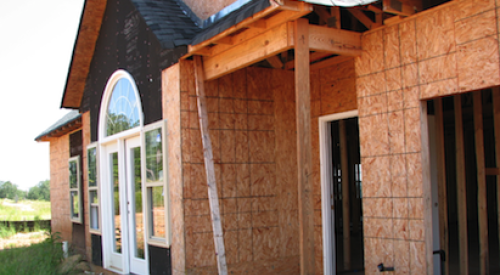More than half of your customers have already spent time on your Web site.
Statistics show that walk-in customers who have already visited a builder's Web site are more than twice as likely to buy a home as those coming in with little or no knowledge about the homes or community.
In many ways, a walk-in guest who has visited a Web site is a "be-back." Chances are they already know about your homes, community, locations and prices. They have already eliminated many builders and communities during their electronic search and are now narrowing their options to builders who meet their most important criteria.
A big disconnect in new home sales often comes if you fail to structure your presentation differently when you meet a Web site visitor. I recently attended a new-home sales seminar called "Maximizing Sales from your Web site." The curriculum focused on capturing and harvesting more e-leads from customers who visit your site. Although that is certainly important, it is secondary to understanding the different selling strategies necessary when an online visitor shows up at your sales office.
Remember, no matter how well you follow up on e-mail leads, a visitor to your sales office offers a better chance for a sale than prospective buyers sitting at their computer.
 |
Traditional sales training asserts we begin our presentation with the premise the customer knows little about our homes and communities. The "critical path" method of selling forces sales professionals to include information on the home, the home site, the location, the community and the builder in every presentation, no matter how much the potential buyer knew walking in.
Most training programs ask the sales professional to prioritize the customer's needs and then build the presentation around those desires. What each training system fails to address is identifying how much a walk-in visitor already knows about the community.
It is essential that we learn how much the customer knows about the community as part of the connecting or greeting portion of our sales presentation.
I recommend sales professionals ask first-time customers to the sales office the following question immediately after greeting them and exchanging names: "What do you know about our homes and our community?" The question is not intrusive, and the answer provides a wealth of information.
Understanding what customers already know and what made them visit is the key kickoff to a great sales presentation.
| Author Information |
| John Rymer is the founder of New Home Knowledge, which offers sales training for new home builders and real-estate professionals. He can be reached at john@newhomeknowledge.com. |











